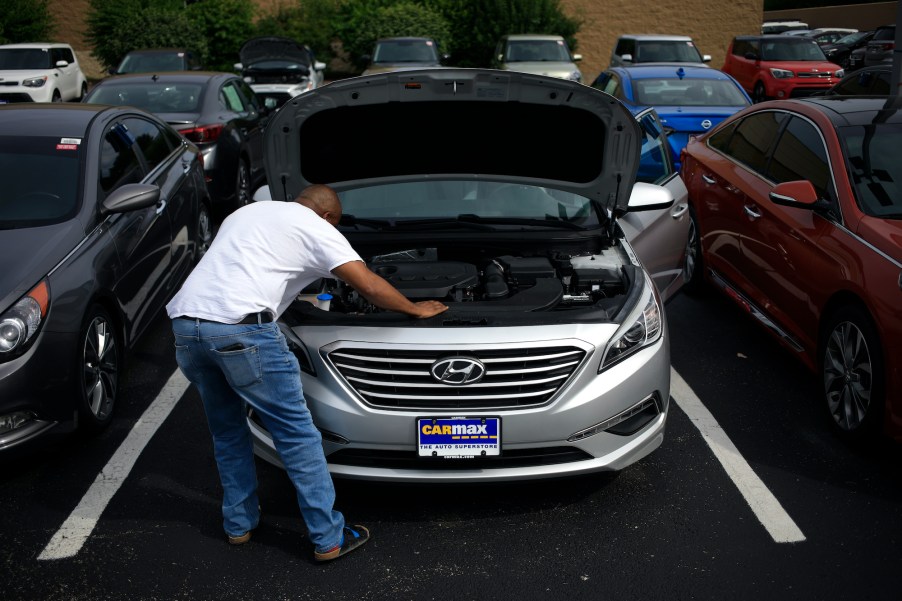
I Just Bought a Used Car, What Do I Do Now?
Buying a used car is arguably one of the best ways to get yourself a set of wheels. You can save a lot of money upfront by buying a used car, especially from a private party, and insurance will cost less as well. However, if you have just purchased a used car from a private seller, then you might not be aware of what to do. Here are some steps to take after procuring your new-to-your ride.
1. Transfer the title

If you bought the used car from a dealership, then the title transfer and registration should be taken care of by them. However, if you purchased the car from an individual seller, then you will have to get the title transferred to you. This process can differ by state, so be sure to check your local laws and see if you need to visit the DMV to get this step done. In most cases, you will have to after the seller signs the car’s “pink slip” or title.
2. Get the car insured
Before you head to the DMV to get the car registered, Auto.com recommends getting the car insured. In fact, almost every state requires that a car be insured before it’s registered, however, those laws might vary.
Fortunately, finding insurance for your car is easy nowadays as insurers like Geico and Progressive offer quick and easy quotes online. Or, if you already own another car, then you can insure the newly purchased car under the same policy and save some money.
3. Register the car

Now that you have the car insured and the title in hand, it’s time to get the car registered. You’ll typically have to visit the DMV in order to get this step done, so be prepared to wait in line or make an appointment. If you purchased the used car from a dealership, then this step is typically done by them and not you.
4. Have the car inspected
While we always recommend getting a pre-purchase inspection done, we can understand if you don’t have the time to do it before purchasing a car. In that case, Car and Driver recommends that you get an inspection done after you have taken care of the registration and insurance requirements. A good inspection can detect any current and potential issues down the road, which could end up saving you money in the long run.
5. Plan for any maintenance required down the road

After getting the car inspected and ensuring that it’s in tip-top shape, we recommend checking the car’s owner’s manual to see if there is a maintenance schedule to follow. Maintenance items like tire rotations, oil changes, and even changing the battery are very important, so make sure to account for those expenses later down the road.
Enjoy your car
Now that your new-to-you car is all maintained, registered, and insured, it’s time to enjoy it. At this point, not only did you save a lot of money by not buying a new car, but you also most likely saved money on your insurance and registration fees. That’s a lot to celebrate, so we recommend taking your car on a nice drive and enjoying your newfound freedom and more money in your pocket.



